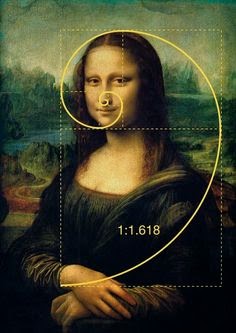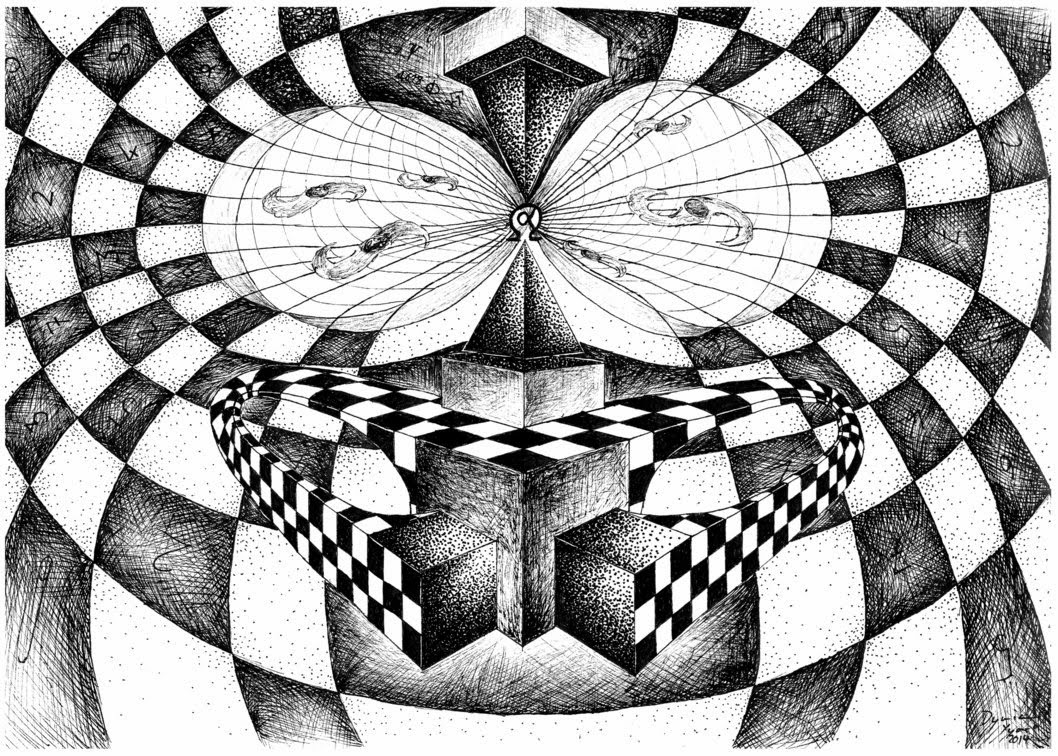Plastic
surgery has made an impactful change on both the human body and the art world.
This week’s agenda has broadened my perspective on the impact that medical
technology has on the art of the human body. I will further look at the
political significance plastic surgery by highlighting its origin and
developmental background.
The human body has always
been in a state of shifting and is constantly manipulated in everyday society. Columbia University
Medical School was one of the first hospitals that acknowledged medical
technologies impact on the increase of human body reformation. These
reformations came with the insurances and insecurity of our bodies alone and harmful diseases around World War I. Plastic surgery had also made its presence thousands of years before World War I in the East of Ancient India.
By using skin graphs, European explorers were able to progress on this idea of
body reformation to create the medical constructive process that we now know as
“Plastic Surgery” (Vesna, Week 4). Similar to the MRI scanning on how sounds
makes the body become more aware of the wholeness of their bodies, image as a
whole also keeps the body and human alert at all times in society. (Casini 99).
The
emergence of DNA and genes had first given rise to a new mechanism for
generating structural diversity that eventually accelerated evolution (Ingber,
57). Plastic surgery can be seen as the modern version of that process. Many
artists such as Orlan and Amalia Ulman both practice the art of plastic surgery
as both a statement of beauty and of political society. In Orlan’s case, the
use of having plastic surgery as famous painting such as the Mona Lisa, is the
result of beauty being the “product of the dominant ideology. When ideology changes, the body follows” (Frank 2). Amalia Ulman believes to have plastic surgery on
her breasts as the latest art world foray into critiquing capitalism in
middle-class society. Although plastic surgery at times can be seen to draw
attention to the privilege of not only the artist, but the person, plastic
surgery can also shed light on an untold truth of society (Mallet 5). The notion that the
“perfect body” or “flawless beauty” is only a concept capitalized and molded by society’s hierarchical
ideologies. Thus, we must acknowledge the artists who risk several factors of
their life in order to produce a profound statement.
Citations
Casini, Silvia.
"Magnetic Resonance Imaging (MRI) as Mirror and Portrait: MRI
Configurations between Science and the Arts." Cal
Foscari Universita Di Veneczia II (1998): 98-99. Print.
Frank, Priscilla.
"ORLAN Talks Plastic Surgery, Beauty Standards And Giving Her Fat To
Madonna (PHOTOS, INTERVIEW, NSFW)." The Huffington Post.
TheHuffingtonPost.com. Web. 27 Apr. 2015.
<http://www.huffingtonpost.com/2013/01/29/performance-artist-orlan-interview-beauty-surgery_n_2526077.html>.
Ingber, Donald. "The Architecture of
Life." Scientific American II (1998): 56-57. Print.
Mallet, Whitney. "What’s Behind Amalia
Ulman’s Plastic Surgery As Art?" Bullett Media. Web. 27 Apr.
2015.
<http://bullettmedia.com/article/whats-behind-amalia-ulmans-plastic-surgery-art/>.
Vesna, V. Desma 9 Week
4: Art and Medicine. 2015. Film.





